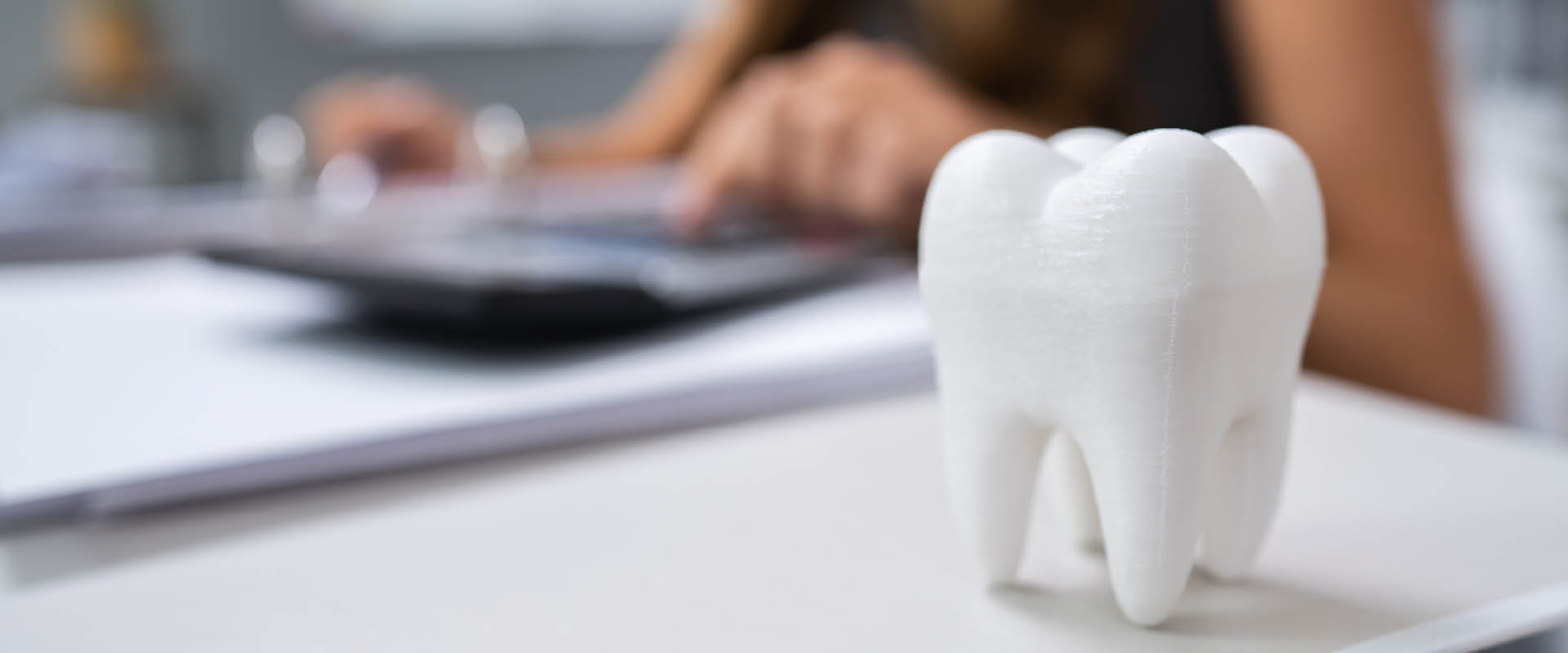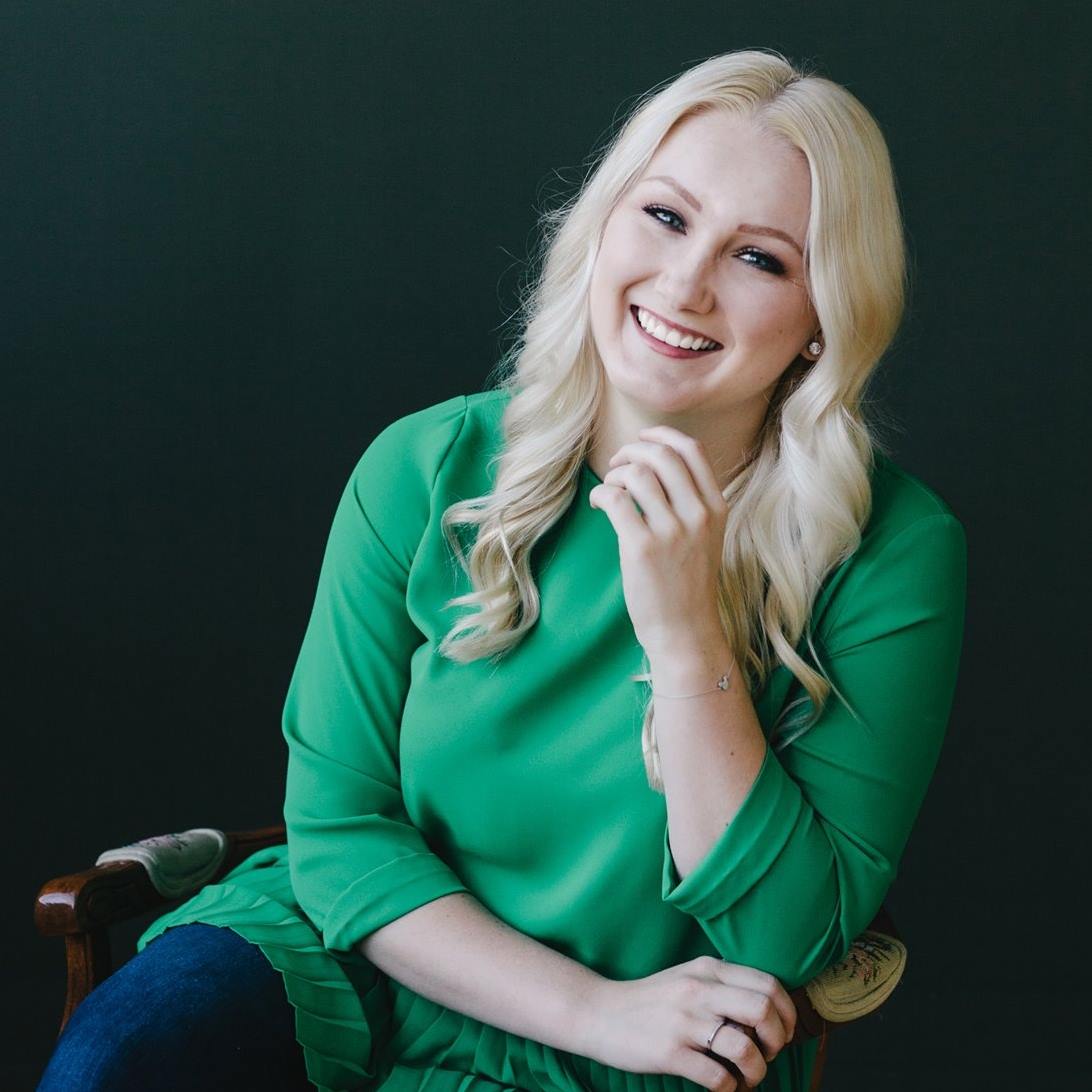Understanding How Insurance Pays: Types of Coordination of Benefits or COB
Traditional
Traditional coordination of benefits allows the beneficiary to receive up to 100 percent of expenses from a combination of the primary and secondary plans.
Non-duplication COB
In the case of non-duplication COB, if the primary carrier paid the same or more than what the secondary carrier would have paid if they had been primary, then the secondary carrier is not responsible for any payment at all.
Maintenance of Benefits
Maintenance of benefits (MOB) reduces covered charges by the amount the primary plan has paid, and then applies the plan deductible and co-insurance criteria. Consequently, the plan pays less than it would under a traditional COB arrangement, and the beneficiary is typically left with some cost sharing.
Carve out
Carve out is a coordination method which first calculates the normal plan benefits that would be paid, and then reduces this amount by the amount paid by the primary plan.
Dependents
Which policy pays first for dependents depends on the rules of the insurance company, or state laws. The typical rules for dependents of parents with overlapping coverage rely on the birthday rule, that is, the parent with the earliest birthday in a calendar year is primary. In the case of divorced/ separated parents, the court’s decree would take precedence.
When Does Secondary Pay?
Usually, the secondary policy will not accept a claim until after the primary claim is paid, and then the secondary policy will often require a copy of that payment information (referred to as an EOB).
Allowable charge
The fees, on which program deductibles, maximums and coinsurance percentage are based, that a dental program will reimburse a dentist for a service as defined by contract. This is the amount that can be charged back to patients. This is also referred to as the maximum plan allowance (MPA) or maximum allowable charge (MAC). Dentists have agreed to accept a maximum plan allowance based on the agreements they have signed with the insurance company. This does not apply to non-participating dentists.
Covered amount
For PPO dentists, the lesser of the PPO dentist’s allowable fee or the fee actually charged.







1 Comments